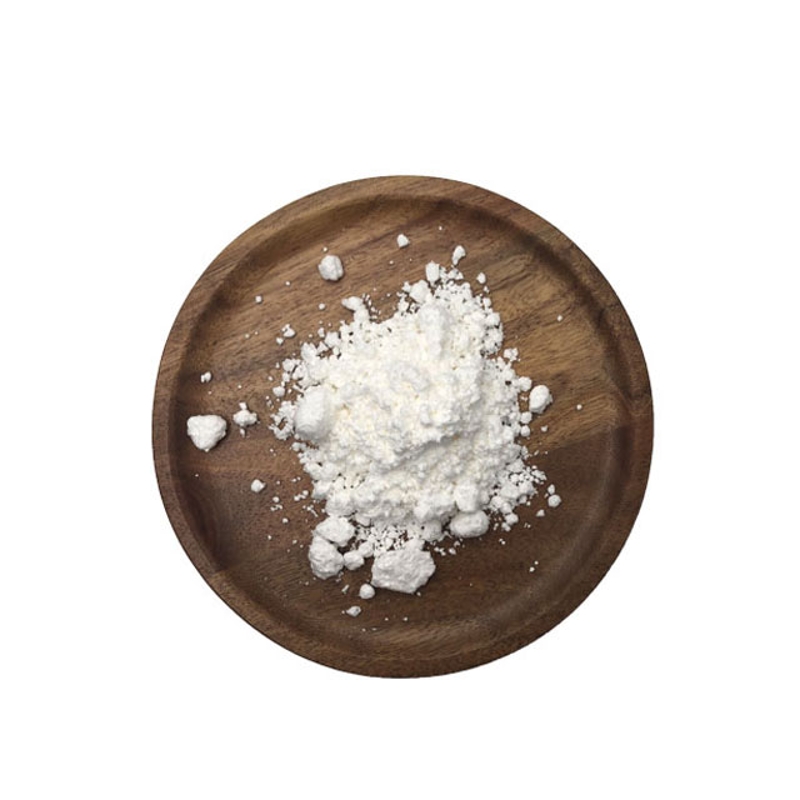-
Categories
-
Pharmaceutical Intermediates
-
Active Pharmaceutical Ingredients
-
Food Additives
- Industrial Coatings
- Agrochemicals
- Dyes and Pigments
- Surfactant
- Flavors and Fragrances
- Chemical Reagents
- Catalyst and Auxiliary
- Natural Products
- Inorganic Chemistry
-
Organic Chemistry
-
Biochemical Engineering
- Analytical Chemistry
- Cosmetic Ingredient
-
Pharmaceutical Intermediates
Promotion
ECHEMI Mall
Wholesale
Weekly Price
Exhibition
News
-
Trade Service
The International and European Society of Pediatric Oncology extracted registered DIPG data from the database to analyze and compare differences between DIPG short-term survivors (short-term survivors, STSs) and LTSs in clinical, imaging and tissue molecular science, and the results were published in the July 2018 journal Journal of Oncology by Lindsey MHoffman of the Cincinnati Children's Medical Center- Excerpted from the article chapter
Ref: Hoffman LM, etJ Clin Oncol2018 Jul 1;36 (19): 1963-1972Doi: 10.1200/JCO.2017.75.9308diffuse endogenous bridge glioma (diffuse engene, DIPG) is a brain stem malignancy, with a median survival of only one yearLess than 10% of patients have a total survival of more than 2 years and are long-term survivors (long-term survivors, LTSs)Factors associated with longer lifetimes, including age, latent period of symptoms, and ring strengthening on MRI imagingThe current treatment is radiotherapy (RT) and chemotherapyRT is standard treatment, but only extends survival time by 3-4 monthsThe effect of complementary chemotherapy has not been confirmed by prospective trialsThe International and European Society of Pediatric Oncology extracted registered DIPG data from the database to analyze and compare differences between DIPG short-term survivors (short-term survivors, STSs) and LTSs in clinical, imaging and tissue molecular science, and the results were published in the July 2018 journal Journal of Oncology by Lindsey MHoffman of the Cincinnati Children's Medical Centerthe study included 1,008 patients in children and young people with MRI imaging confirming DIPG in countries and regions such as North America, Australia, Germany, Austria, Switzerland, the Netherlands, Italy, France, the United Kingdom and CroatiaOf these, 101 (10%) survived for 2 years for LTSOverall median survival was 11 months (4th-level spacing, 7.5 to 16 months); -11.3%), 4.3% (95% CI, 3.2%-5.8%), 3.2% (95% CI, 2.4%-4.6%) and 2.2% (95% CI, 1.4%-3.4%)compared to the STS group, children under 3 years of age and over 10 years of age were more common in the LTS group (11% vs3%, 33% compared to 23% ;p0.001), and the duration of symptoms in the LTS group was longer (p 0.001)Compared to the LTS group, the symptoms of STS group were common in cranial nerve paralysis (83% to 73% ;p(38% vs23% ;p s 0.007), intra-tumor necrosis (42% vs26 ;p s.009) and brain bridge exoskeleton (92% vs86 ;p .04)The proportion of patients receiving systemic treatment was higher in the LTS group (88% vs75% ;p0.005)Seventy-two (7 per cent) received re-radiation during the first or subsequent progression period, with the first progression rate significantly lower within one year than those who did not receive re-radiation (74 per cent versus 88 per cent ;p299 cases (30%) were tumor biopsies and 77 (10%) were autopsied; molecular biology of 181 (48%) tumor samples showed a higher proportion of HIST1H3B mutations in the LTS group (10%) OR 1.28; 95% CI, 1.1-1.5; p-0.002), while STS group carries A higher proportion of HIST3H3B mutations (OR?88; 95% CI, 0.78-0.99; p-0.04)The researchers mapped the survival curve and performed subgroup analysis of age, duration of symptoms, treatment and historology, and a multi-factor analysis confirmed that age and symptom duration were associated with long-term survivalresults suggest that children with DIPG age of 10 years or 10 years, longer latent symptoms, systematic therapy and HIST1H3B mutation can be predicted for long-term survival.







